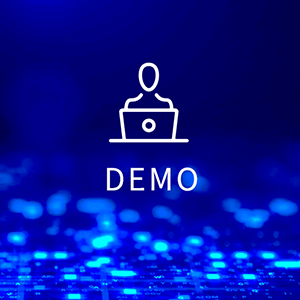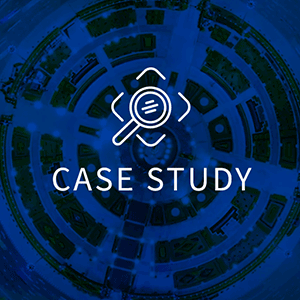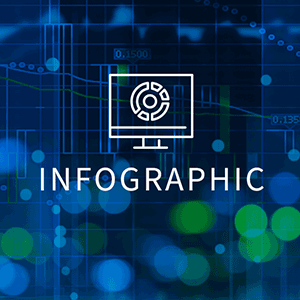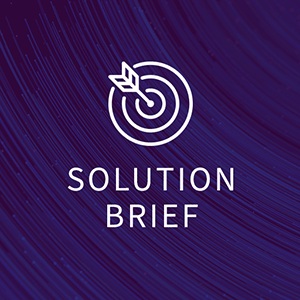What is ITAM?
Quite simply, IT asset management (ITAM) is the business practice of tracking an organization’s assets. This includes accounting for these assets (i.e., inventory of how many there are and where they are), as well as deploying, maintaining and disposing of them when no longer needed or have reached the end of their useful life.
As ITAM tracks the lifecycle of IT assets, it’s useful to define that term as well. An IT asset is any software, hardware, system or information owned by the organization that it values as part of its business activities. Typically, ITAM breaks down into the broad brushstrokes of software asset management (SAM) and hardware asset management (HAM). The focus of HAM is the physical assets of an organization—the servers, switches, storage volumes, laptops, cell phones, etc. that are used performing the activities of the business. SAM is a bit more nebulous in that software is not a physical entity you can touch, or stroll into a warehouse and count how many you have on the shelves. Instead, SAM takes the approach of managing the software licenses, entitlements and deployment configurations of an organization’s software to ensure these assets are being used in a manner consistent with the contractual obligations to the commercial vendors of the software, as well as staying within compliance of the security requirements of their organization.
Why IT Asset Management is important
A mature ITAM program enables an organization to have full visibility into their IT assets so that they can cost-efficiently use those assets. It also enables the organization to track end-of-service/support (EOS) and end-of-life (EOL) of these assets. This allows an organization to proactively identify potential issues (performance and/or contractual) before they arise. Tracking hardware assets allows an organization to make sure they’re using what they own, and if they aren’t, to identify those unused assets so they can be repurposed or disposed of in a manner consistent with their organization’s policies. Similarly, tracking the use of software within an organization provides the knowledge and visibility of what’s being used and where. If an issue arises with the security of a software asset (i.e., a vulnerability is discovered), the organization can quickly identify which of its systems and applications may be affected. And if the software in use is a commercial application with specific license entitlements and requirements, a SAM program can ensure that these software packages are being used within the rights afforded by the software vendor contracts. Flexera’s State of ITAM Report indicates that 14 percent of respondents paid more than $5 million in the past three years as a result of software vendor audits. And these penalties are unbudgeted, meaning they’re not planned for within the organization. As such, that $5 million comes out of budgets for other business activities that had been previously planned and now can’t be executed, causing ripples throughout the organization for potentially years to come.
ITAM + FinOps—better together
In recent years, we’ve seen the emergence and maturation of FinOps (technically a combination of finance and DevOps, but essentially the pursuit and practice of cloud financial management). Many organizations have dedicated FinOps teams that focus on maximizing the business value of their organization’s cloud spend. But these teams typically focus on the infrastructure involved in running applications in the cloud—the compute, network, storage and PaaS services. These teams generally have limited (if any) visibility into the what that’s running on the cloud infrastructure. And as more and more organizations accelerate their move to the cloud, additional applications and the commercial software associated with them are moving as well. Many of these commercial software packages have very different licensing models and requirements in the public cloud compared to data center deployments. This again is where the importance of ITAM comes to the forefront in that SAM practitioners within the ITAM team can provide visibility and insight into the correct use of commercial software within the cloud. While a FinOps practitioner may find an opportunity to save a few cents per hour on infrastructure, they may not realize that by moving a workload to the cheaper compute service, they’re incurring a software licensing penalty, nullifying any potential savings (and oftentimes resulting in a significantly higher total cost for that application). For additional insights, read how collaboration between SAM and FinOps teams will become widespread by 2025.
Changing the rules
At Flexera, we see daily evidence that digital transformation and cloud computing are forcing our customers to radically rethink tech-supplier relationships. Flexera One is changing the rules, giving enterprises the data they need to negotiate with their tech suppliers. We help our customers reimagine how they buy, sell, manage, and secure software. Flexera is positioned like no other to offer our customers the most accurate enterprise technology blueprint available in the market today.
Enterprises have thousands of software providers to manage; each has its own licensing policies and cost structure. Even if you have it figured out today, suppliers will change their policies tomorrow. It’s a never-ending “cat-and-mouse” game that plays out at scale.
Today’s ITAM: An enterprise technology blueprint
Waste is a constant in the increasingly complex world of technology. That’s not hyperbole. Every year, respondents to the Flexera State of ITAM Report estimate their waste in desktop, datacenter, SaaS and cloud services. Roughly one-third of IT budgets are being underutilized or completely wasted. Across the IT estate, organizations big and small are spending their budgets on technology they don’t use instead of powering initiatives for the business.
IT Asset Management
It all starts with knowing what’s in your IT ecosystem. Flexera One discovers even the most elusive assets whether on-prem, SaaS, cloud, containers and more.
The only way to gain control and get the most value out of your technology is to a) establish a dynamic enterprise technology blueprint for your environment that is continuously accurate and b) stand up a robust program to treat technology spend with great urgency.
ITAM as a practice has been around for decades, but its importance and relevance has never been more evident in the evolving IT landscape. The “where” we used to do things may change, but the need to ensure we’re tracking the assets used in these new environments never goes away. And if done wrong, it has dire consequences for your business.
To learn more about how your organization can streamline the management of its IT assets, regardless of where they reside, please check out Flexera One IT Asset Management.






